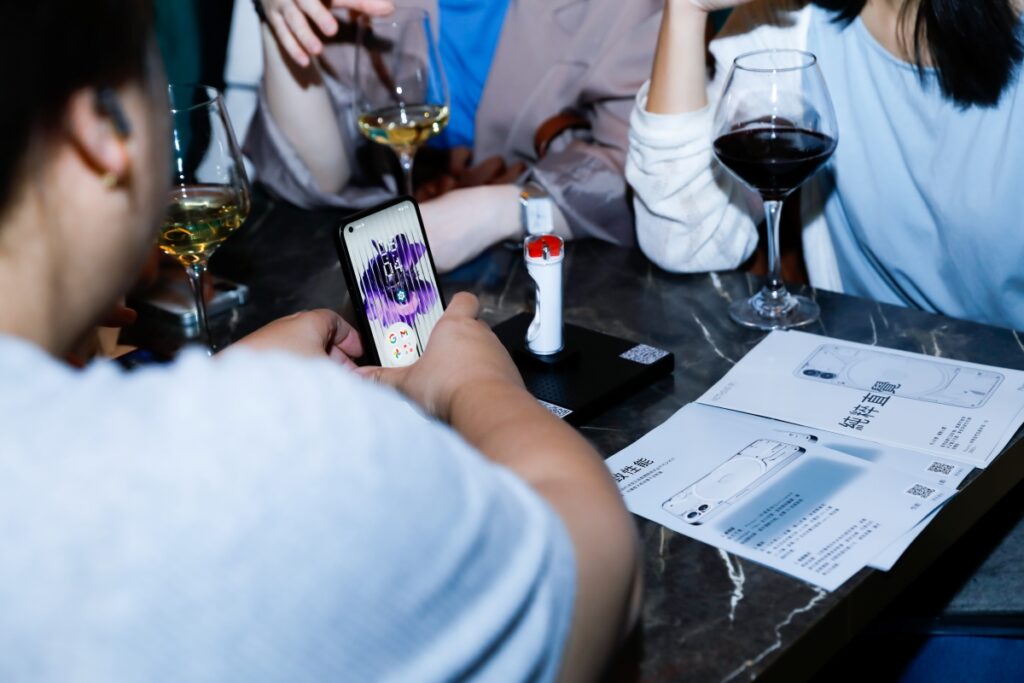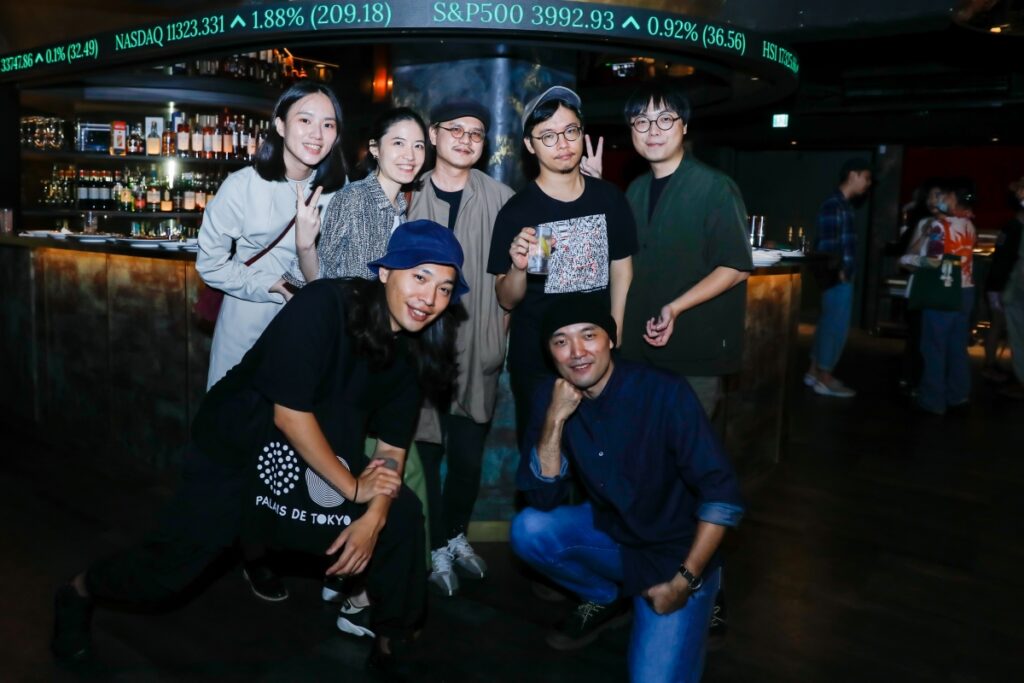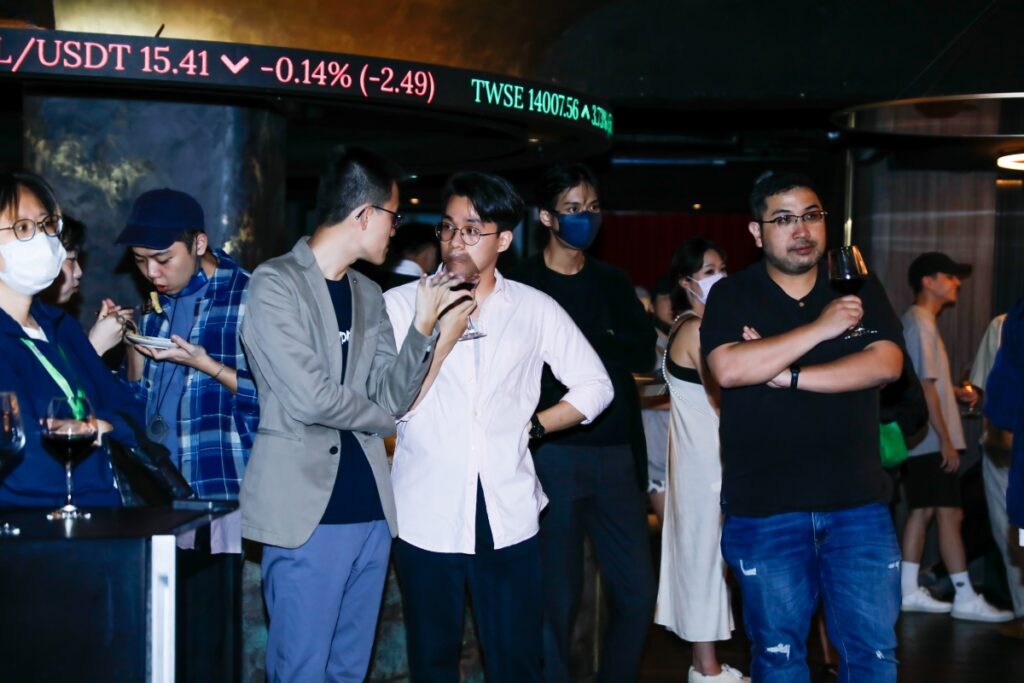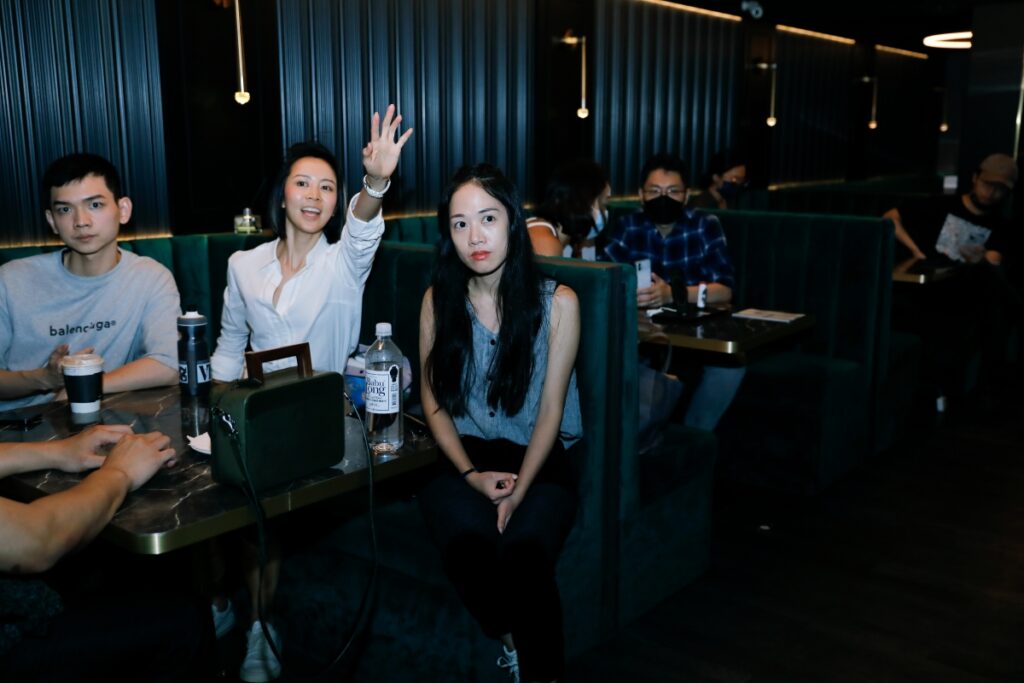


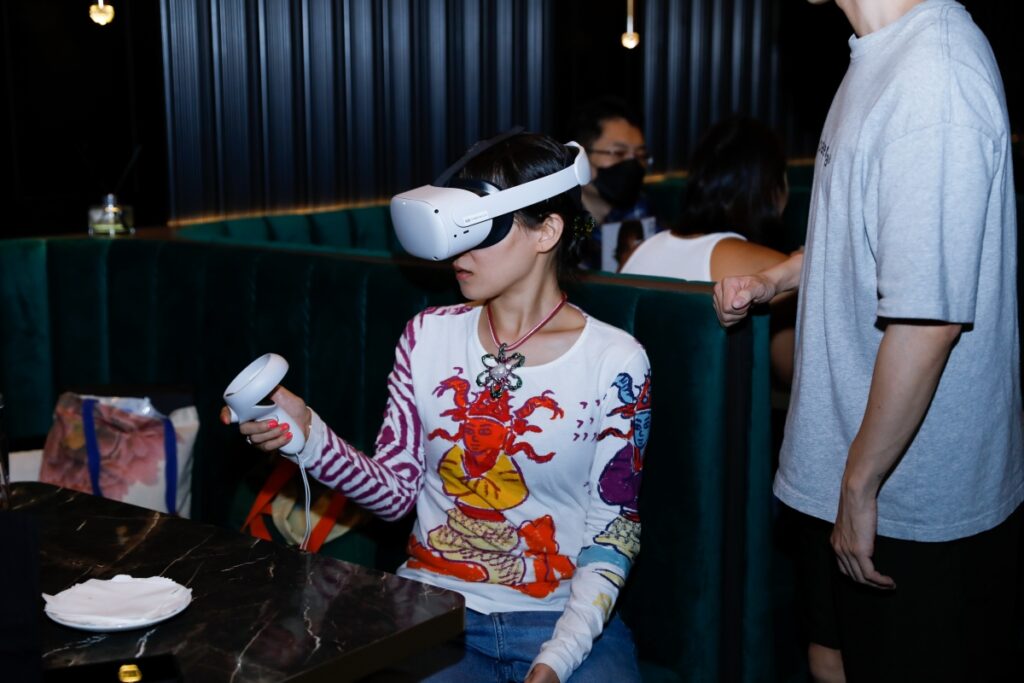
Just as photography and film have developed their unique discourse and aesthetic standards that are quite different from traditional fine art, should we experience the genre of art NFTs within its own context?
Although the aesthetics may differ, I think the level of NFT art appreciation is essentially the same as the way we used to view artworks.
A non-professional can only see the appearance, like the images of NFTs, but a professional can catch its essence, perhaps by probing into how different internet speeds affect the presentation of work. Or, going to the next level, a maestro will look at the programming algorithm behind the work. The way a genius programmer uses the fewest lines of code to achieve the same result is like how Rembrandt brings out the soul of a person with just a few strokes of the eyes.
Shen Bo-Cheng, Independent Curator
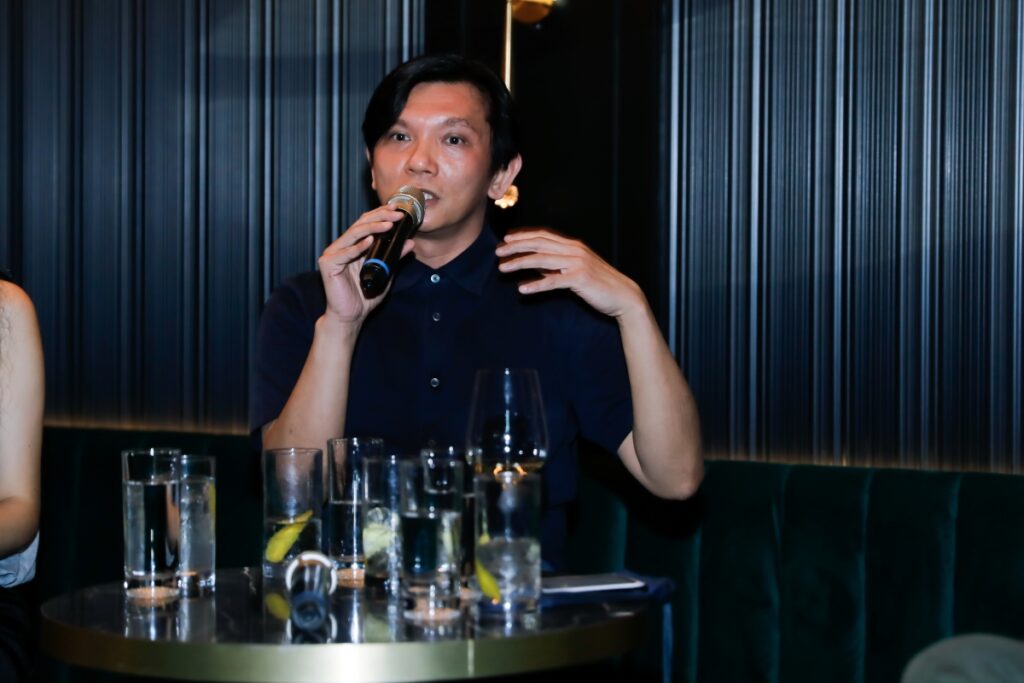

Those who don't understand NFTs may question the value in collecting art whilst anyone can just right-click save anything.
First of all, I'm actually one of those right-click savers! Because unfortunately, I don't have enough funds to collect everything I like. So for me, it's a pleasure to be able to right-click save a piece of artwork.
In the past, if we wanted to experience contemporary art, we would have had to go to a museum or gallery and see it in person. In contrast, these digital native art NFTs, stored in the public domain, can be easily seen on screen by anyone in the world and collected by those who like them.
Leaving aside an NFT’s tokenomics and the potential benefits that come along, when these non-exclusive art NFTs are made available to anyone in their original form, it almost becomes an act of support for the artist to collect NFTs. In other words, the collecting behaviour in Web 3.0 is not 100% the same as the traditional concept of art collecting, and therefore we should view NFT art collecting from a different perspective.
Mashbean, Co-founder of FAB DAO

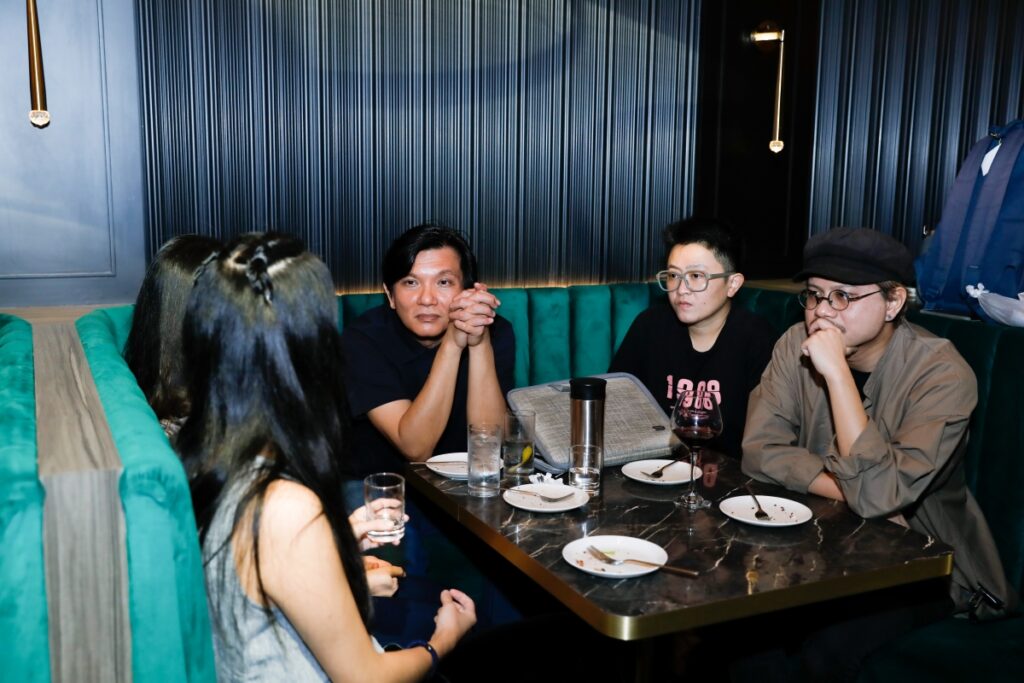
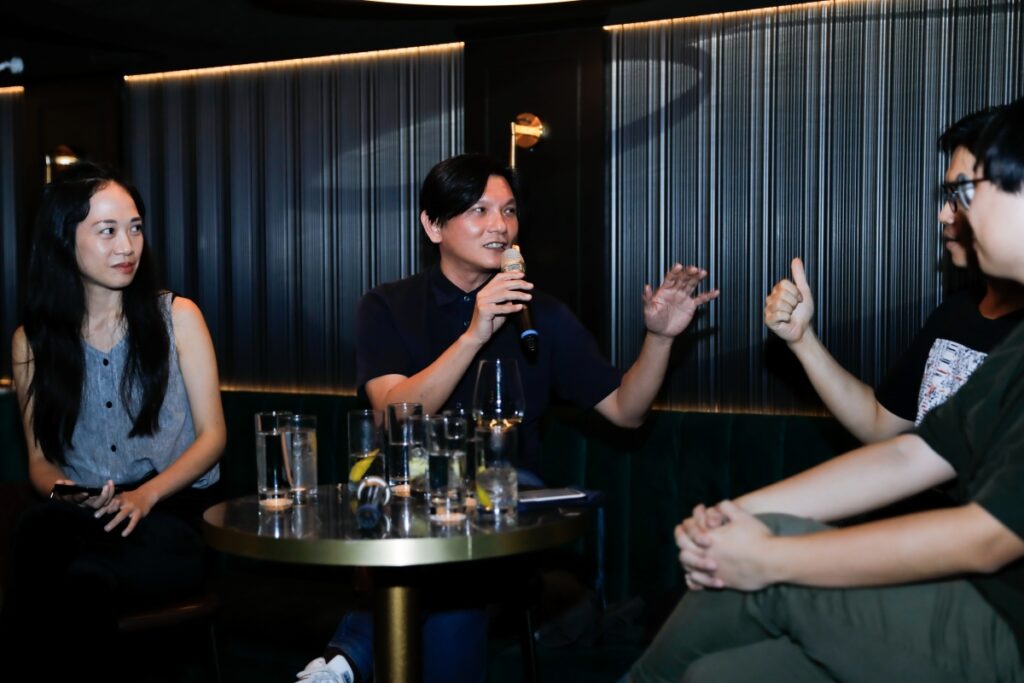
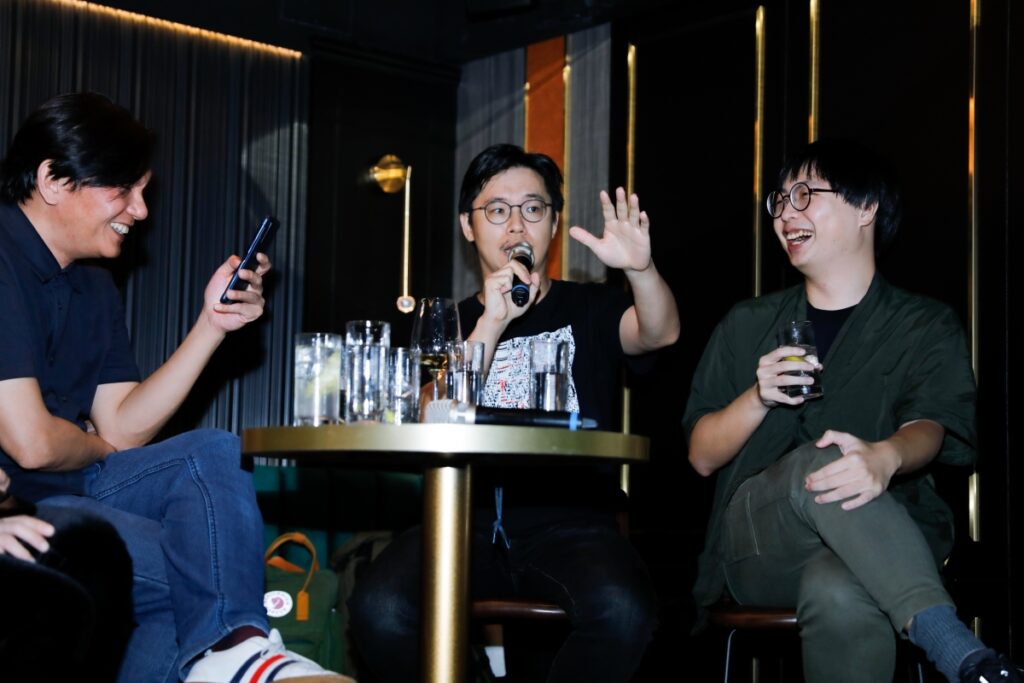
If we take the classic recipe of a Vesper cocktail and compare it to an NFT artwork, the gin, which makes up more than 60% of the cocktail, is like a smart contract at the bottom, which sets the rules and automates all transactions; the top 10% of the Lillet Blanc, which gives off a sweet aroma, is like the first image/sound we see of the artwork; and the 20% of vodka in the middle is what makes the whole drink taste better, and can be seen as the part of the artist's concept.
That is to say, like making a nice cocktail, making art NFTs is a matter of proportion. For example, there are artists who focus on smart contracts, whose works may appear relatively simple, without special texture or aesthetics, but which allow for some playful interaction between the artist and the collector. To me, these NFTs, by the way, can all be categorised as activist/performance art.
So, when we talk about art NFTs, the first thing we should clarify is whether we are talking about the interaction and collecting community behind the artwork, or purely its visual aesthetics. If the former, when this NFT work is to be placed in a traditional art exhibition context, shouldn’t it be presented in a way that best represents activist/performance art?
ZYS, Co-founder of Volume DAO
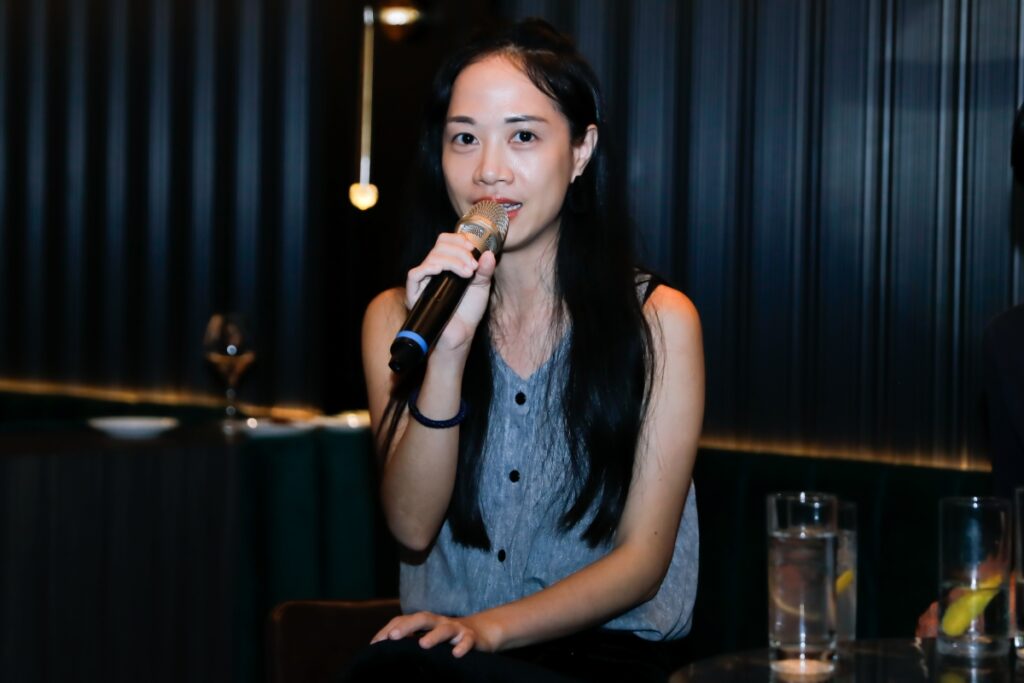
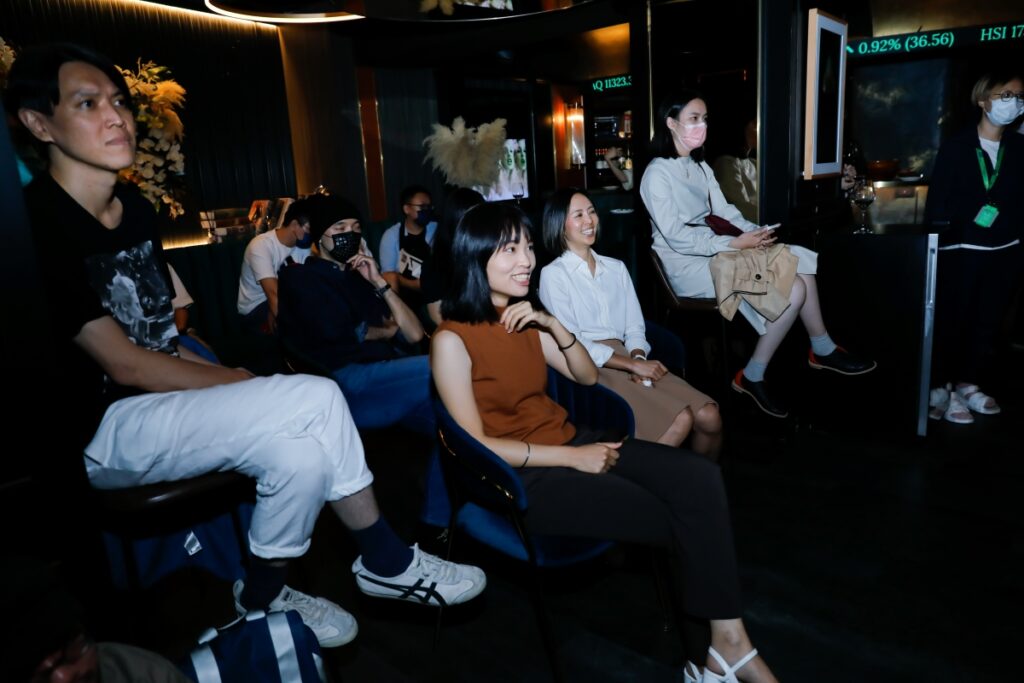
I agree that the artistic quality of art NFTs is often more than just an intuitive visual experience, and that many of the best NFT artworks reflect the social aspect of human behaviour, some of which may come from individual sensibilities and some of which may be a response to collective consciousness.
However, coming back to the art industry as a whole, I still have doubts about the decentralisation ideal promoted by so many NFT advocates. I suppose, the question is, where is the democratisation of art really taking us?
Does decentralisation mean creating new centres, or making existing centres stronger?
In a world where anything can be claimed as art, artists, collectors and art lovers will still want to know the views from authoritative institutions, and they have proven to have greater capital and power to establish a voice. For example, MOMA New York is selling a series of artworks from the Paley Collection, with a total estimate of at least US$70 million, and much of the sales' proceeds will be used to establish an endowment for digital media and technology at the museum. Besides, Pace Verso by Pace Gallery and Christie's 3.0 by Christie's are also classic examples of well-resourced international institutions entering the NFT market, and they have indeed developed several excellent projects that demonstrate the possibilities of art NFTs.
Apart from the upper echelons of the art market, when we review our day-to-day work in the art industry, even small galleries need capital to create a narrative. Yet the democratisation of art is inevitably moving towards entertainment and reaching out to a wider audience. If galleries are to respond to the market, will the criteria for judging art become one that attracts the most empathy? And will the creation of this empathetic experience return again to the core of power?
Anyhow, it is definitely interesting to be a part of this change that NFTs have made possible. Every imagination and action we take at this moment could have an impact on the future.
Celia Lu, Kiang Malingue Gallery Representative for Taiwan & Co-founder of bísút

